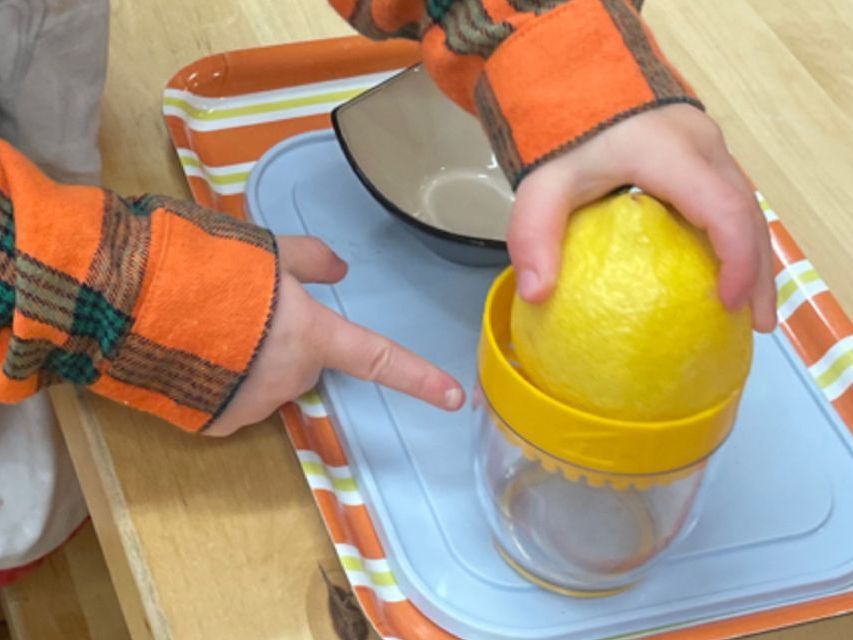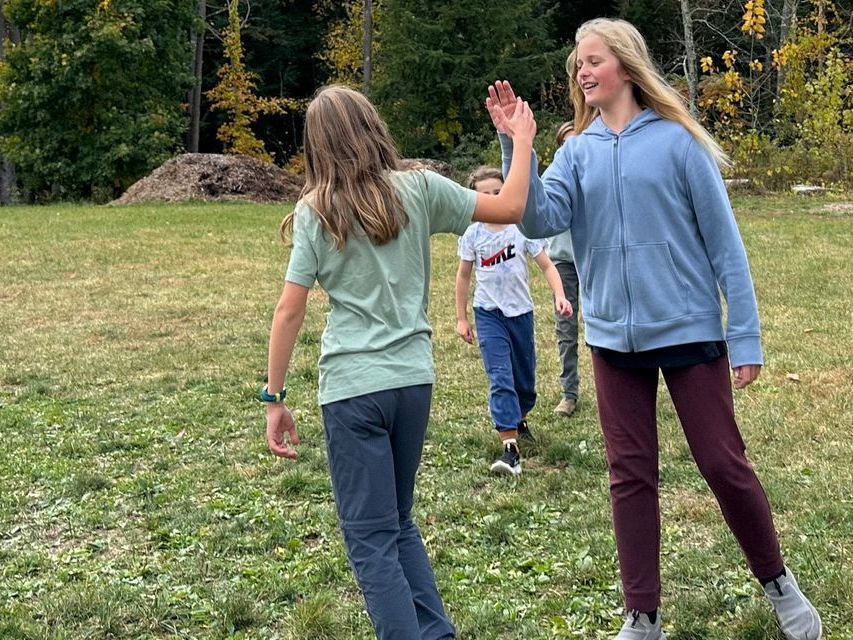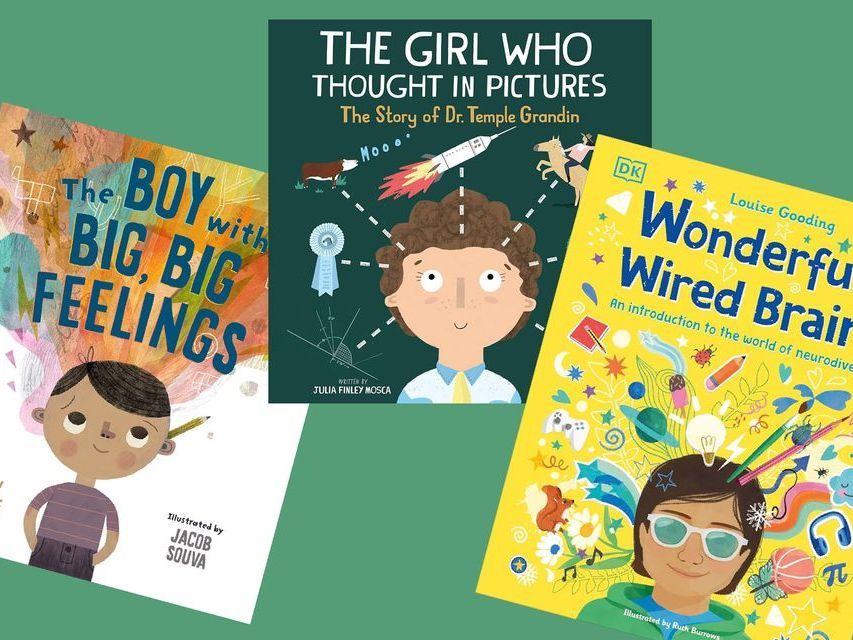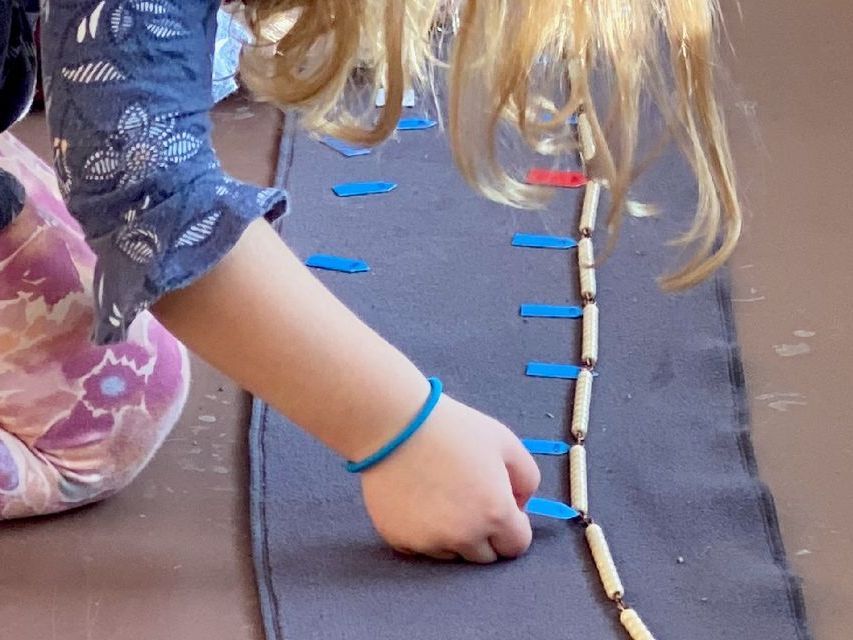Food Preparations - Home Edition
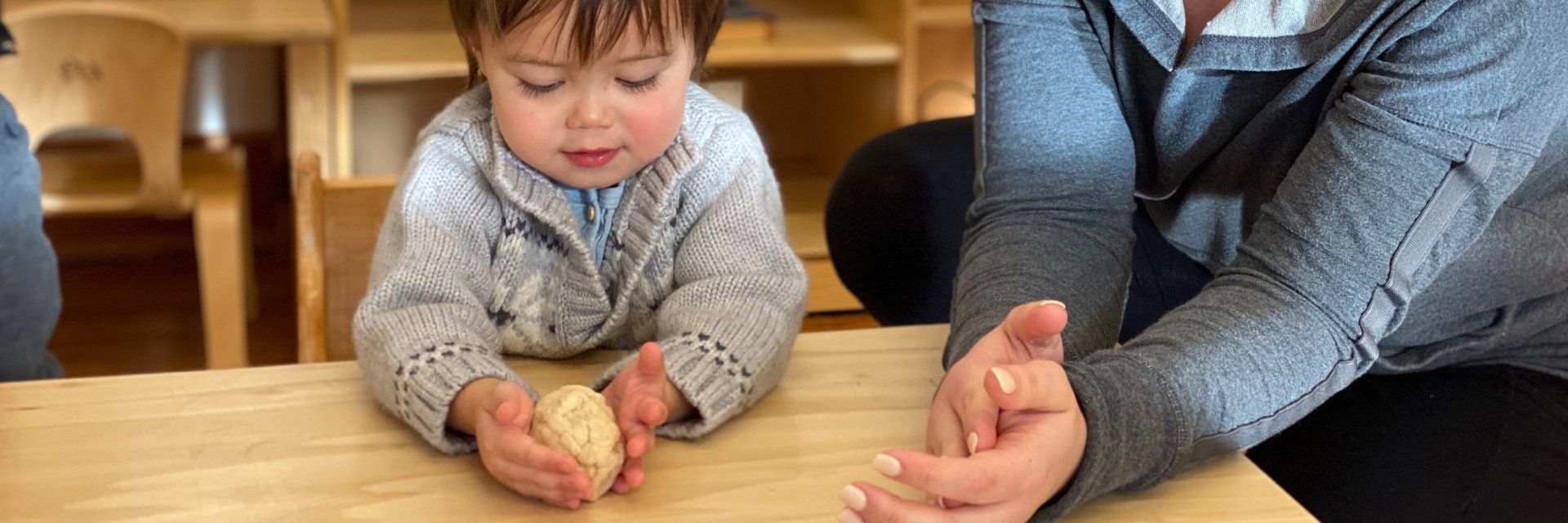
The skills involved with food preparation are integral elements of any Montessori classroom. While specific lessons feature most prominently during the toddler and primary years, elementary and adolescent teachers also find ways to incorporate food preparation.
Learning one’s way around the kitchen is a skill that couldn’t be easier to translate at home. As parents, we can support this important learning as often as we like. We all need to eat, so each meal and snack presents an opportunity for learning - at all ages.
The Basics
These skills are a must for toddlers, preschoolers, and kindergartners. As children move into the elementary years, they’ve most likely learned the basics, but it’s a good idea to check! Mastering these skills helps springboard children into all types of food-related fun.
Slicing and Chopping - Start simply with a peeled banana and a butter knife. Show your child the motion, then give them a turn. As they get the hang of it, you can move on to cucumbers, carrots, and different types of cutting tools. We love using a wavy chopper with small children. If, after cutting a variety of foods, your child is still interested, keep giving them practice! This can be as simple as helping to slice up some raw vegetables a few nights a week for dinner.
Spreading - Think peanut butter on toast, softened butter on an English muffin, or cream cheese on a stalk of celery. Get creative, and your child will have a chance to strengthen both their confidence and their fine motor skills.
Mixing - A few fun examples of this might be learning how to make instant pudding or stirring some tasty berries into yogurt. Mixing practice can even be incorporated into whatever you’re already doing in the kitchen. Making brownies? Hand over the spoon and let your child take a turn!
Multi-Step Snacks - Good teaching builds one skill on top of another. The same goes for food prep. Combining skills that have been learned means a child can begin to make more complicated treats. Have them slice a banana, then add it to a peanut butter sandwich. Make hummus together, then cut up some vegetables to dip in it.
Cooking Ideas
There really is no limit when it comes to children cooking, especially as they get older. If children are taught how to use tools properly and safely when they are young, they can participate in the important family contribution of making meals as soon as they are ready. And you may be surprised at how quickly they prove they’re ready. Here are a few recipes to get you started.
Primary - English Muffin Pizzas
This childhood favorite can be made independently, except for a bit of adult help when it comes time to use the stove (and maybe the toaster). Preheat your oven to 400 degrees Fahrenheit. Have your child split each English muffin in half, and pop them in the toaster briefly to prevent sogginess. Spread a bit of pizza sauce on each half, sprinkle with grated cheese, and add your favorite toppings. Heat in the oven for about four minutes.
Lower Elementary - Pancakes
Flipping pancakes is a delightful experience for children at this age! Mix the following ingredients, melt some butter in a pan on medium heat, and spoon out whatever size you like. Show your child how to flip a few, then let them try! There will be failures along the way, but it’s still plenty of fun.
1 ½ cup flour
3 ½ teaspoons baking powder
1 teaspoon salt
1 Tablespoon sugar
1 ¼ cup milk (plus more if the batter is too stiff)
1 egg
3 teaspoons melted butter
Upper Elementary - Sushi
The final result may not be professional-looking, but it will be just as tasty! Rinse and cook 1 cup of white rice and let cool. Lay out the following ingredients (available at major grocery stores) and assemble according to your tastes. Have some soy sauce on the side for dipping and sesame seeds for sprinkling on top.
nori (large sheets or snack-sized)
cooled rice
thinly sliced vegetables (carrots, cucumbers, avocado etc.)
cream cheese
thinly sliced crab stick
Adolescents - Meal Planning and Scheduled Cooking
The possibilities are endless once children get a bit older. Once they have mastered simple dishes, consider having one night each week when they are in charge of planning and making dinner. They may surprise you with some unique dishes, and as they become more independent, it will give you a chance to focus on other tasks (or even take a break!).
Baking Ideas
Who doesn’t love a tasty treat? Baking can be a beautiful loaf of homemade bread, but most children are partial to sweet baked goods. When they make these treats at home, you can help control the sugar, nutrition content, and the portions, while still making memories and having fun together.
Primary - World's Easiest Yeast Bread recipe
Lower Elementary - Chocolate Chip Zucchini Bread
Upper Elementary - Whoopie Pies
Adolescents - Themed Challenges...Together – Think of the season, a recent interest, or whatever, and bake together. Explore the tasty treats of other cultures, start new traditions, and share the results with loved ones. As a bonus, baking is one special way to squeeze in some much needed quality time with your teen.
Related Skills
Cleaning Up: Our biggest tip? Teach your kids to clean as they go. Saving everything for the end makes clean-up feel overwhelming (even for us adults) and makes us feel more reluctant to head to the kitchen the next time around. Done measuring the salt? Put it right back where it goes. Finished with the ½ cup measure? Drop it in the sink! While you may choose to save washing the dishes for after you finish enjoying the fruits of your labor, it still feels good to put away all ingredients and tools and give the counter a quick wipe before sitting down. Teach your children these steps now and you will set them up for a lifetime of enjoying cooking and baking.
Setting the Table: Whether you’re doing the cooking and could use a little help, or your child has carefully put their creation into the oven and is waiting, children of all ages are capable of setting the table. When they are younger, you can set all supplies out for them, but as they get older, it’s great for them to figure out what is needed for various meals and take care of the task independently.
Special Occasions: Holidays, birthdays, and various other celebrations are the perfect time to incorporate food prep. Let your child in on the planning as well as the execution. Making special meals together, including traditional family dishes, is a special experience for children of all ages to enjoy.
Contact Us
© 2024 The Montessori School of the Berkshires
PO Box 422, 21 Patterson Road, Lenox Dale, MA 01242




